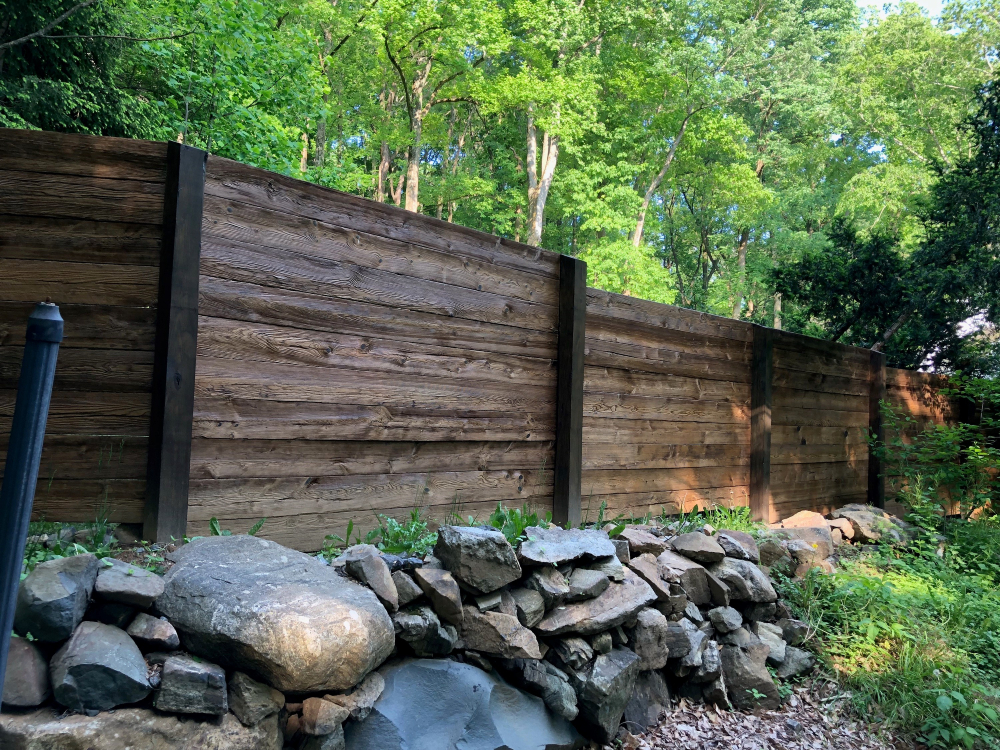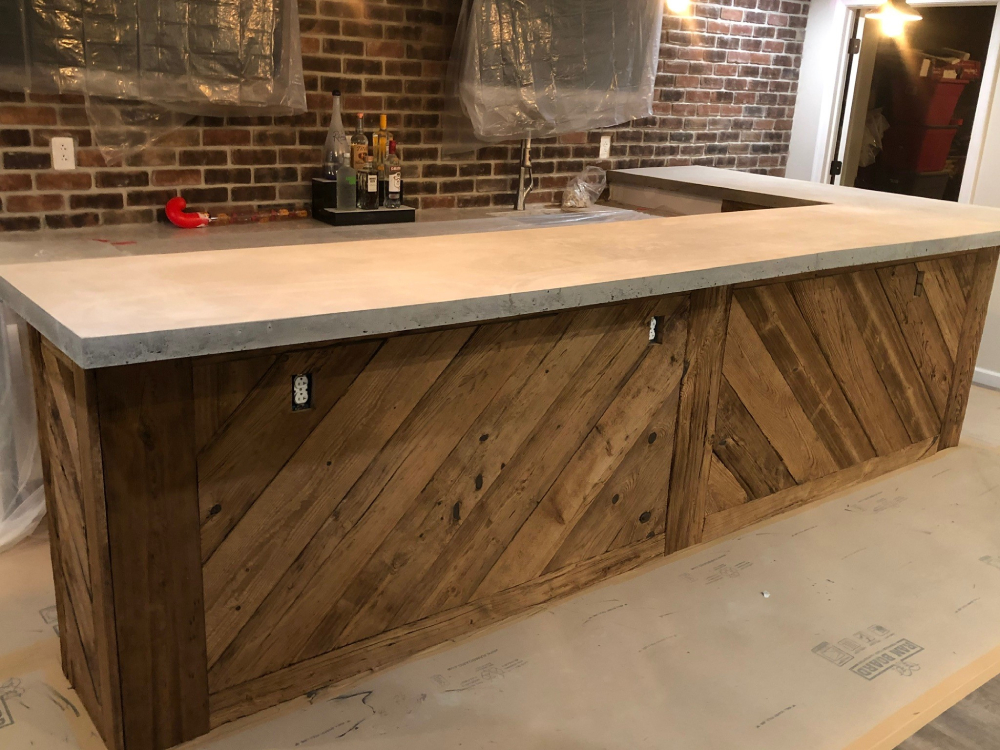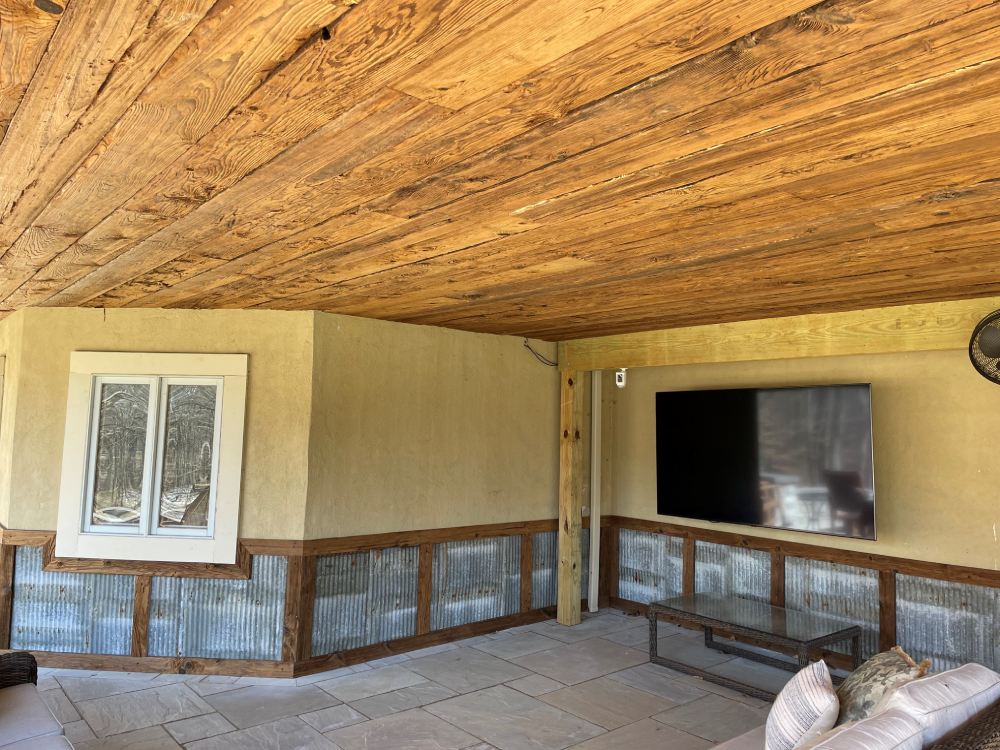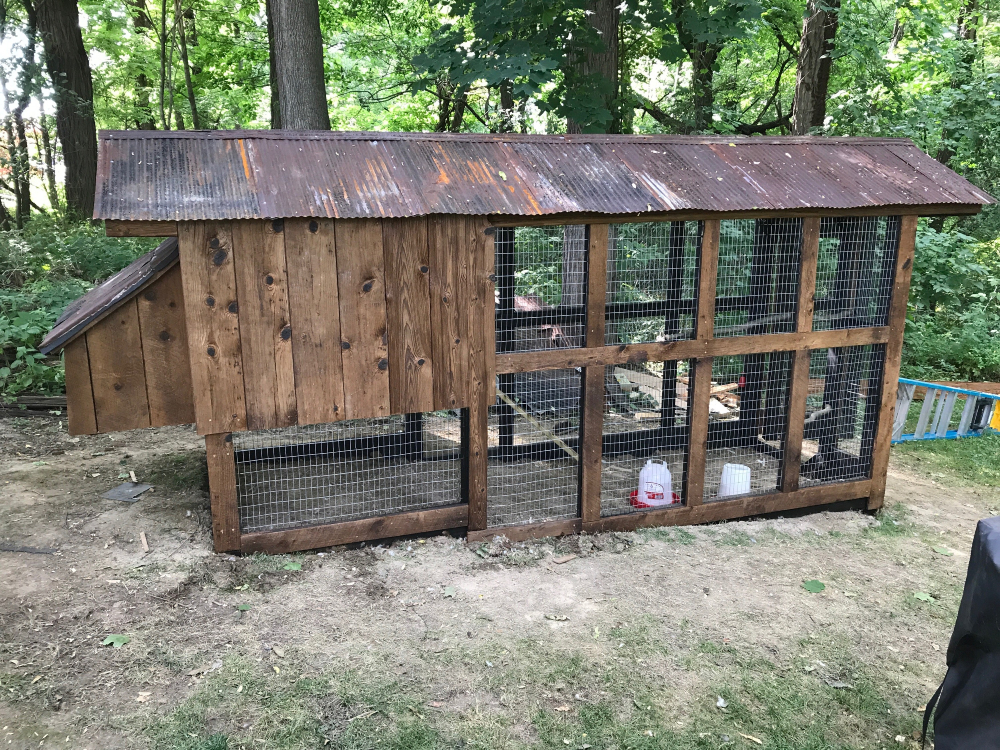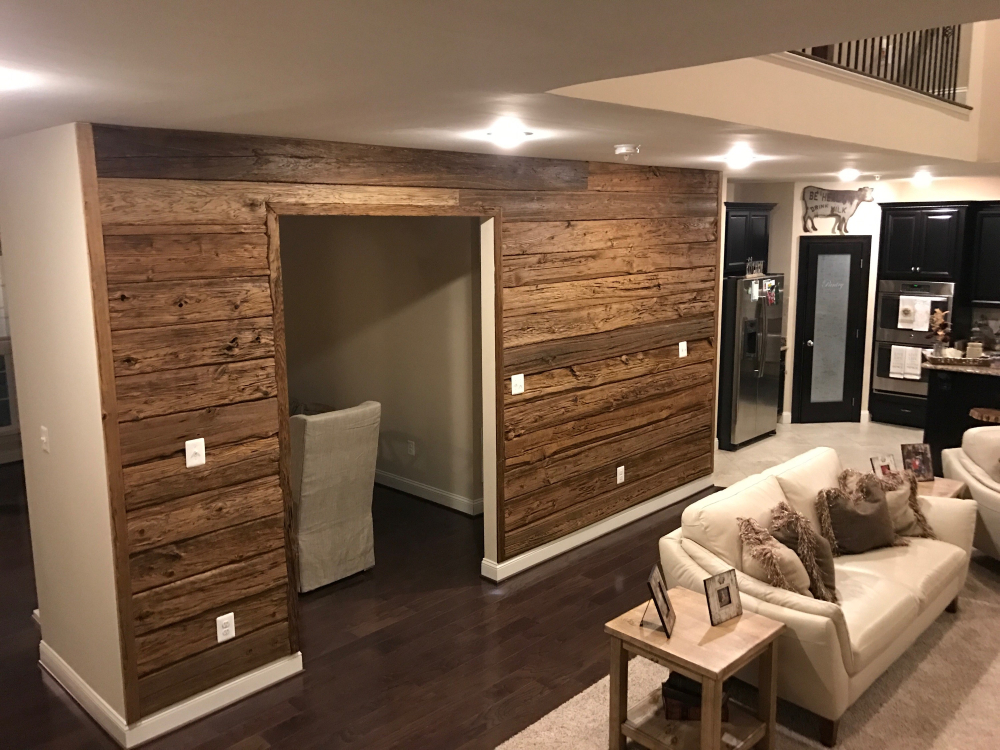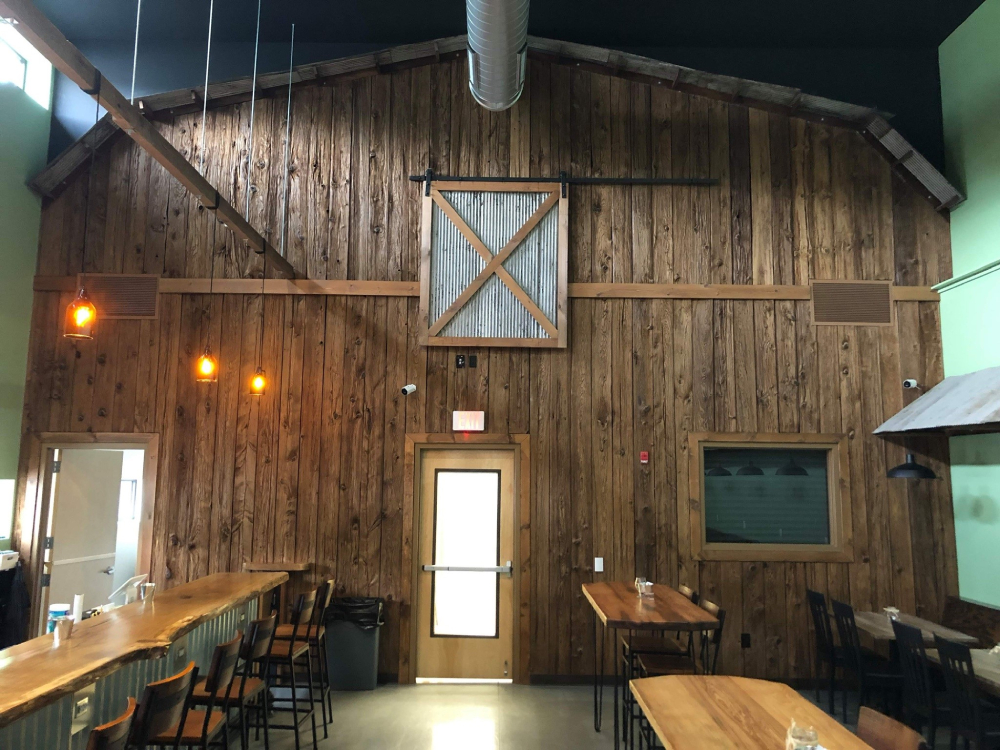If you’re considering using mushroom board in your next project, please contact us. We sell by the board for all projects, regardless if they’re small home projects or large commercial projects. We’re happy to help.
Mushroom Board Products
Mushroom board wood is typically cut from cedar, hemlock, or cypress wood used to line the walls of mushroom houses. This unique wood has endured years of abuse from mushroom houses compost, moisture, and abrasion and has become a very inspiring and historically sustainable type of wood by origin. Mushroom board is often preferred for walls, ceilings, cabinetry, and exterior applications.
What is Mushroom Board?
There are two different processes for growing mushrooms, often referred to as fungiculture, and creating a mushroom board. One requires lining the wood walls of mushroom houses with a fabric for which the mushrooms grow. The second process leaves the walls of the mushroom houses uncovered. Both techniques allow the enzymes of the mushroom soil to consume away the surface of the wood, creating contours and variations, providing a unique look often referred to as a mushroom board. Naturally, the wood of mushroom houses is replaced every few decades, making mushroom boards readily available to us.
Mushroom Board Sustainability
Since the wood planks used for mushroom boards degrade over time, as we said, the wood is replaced frequently. This process ensures a constant supply of this versatile and aesthetically pleasing material for use in various applications. Because of its demand, it’s not discarded, retired to landfills, or used for mulch, providing a green recycling process. Since mushroom board sizes are consistent with a high supply, there’s a much faster and more efficient planned installation process. Though a large number of states grow mushrooms, Pennsylvania is responsible for 44% of output, with California a distant second at 17%.

